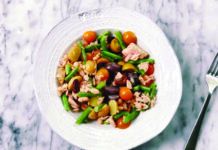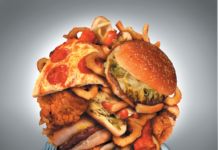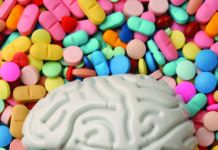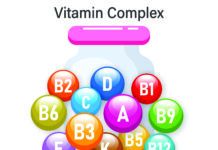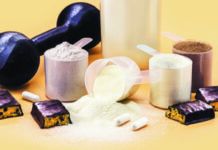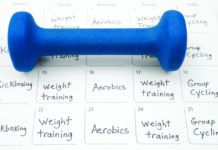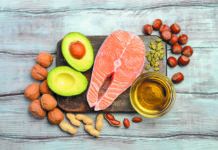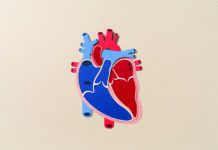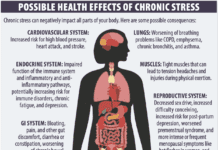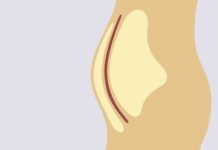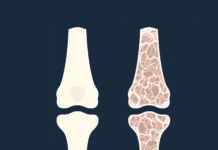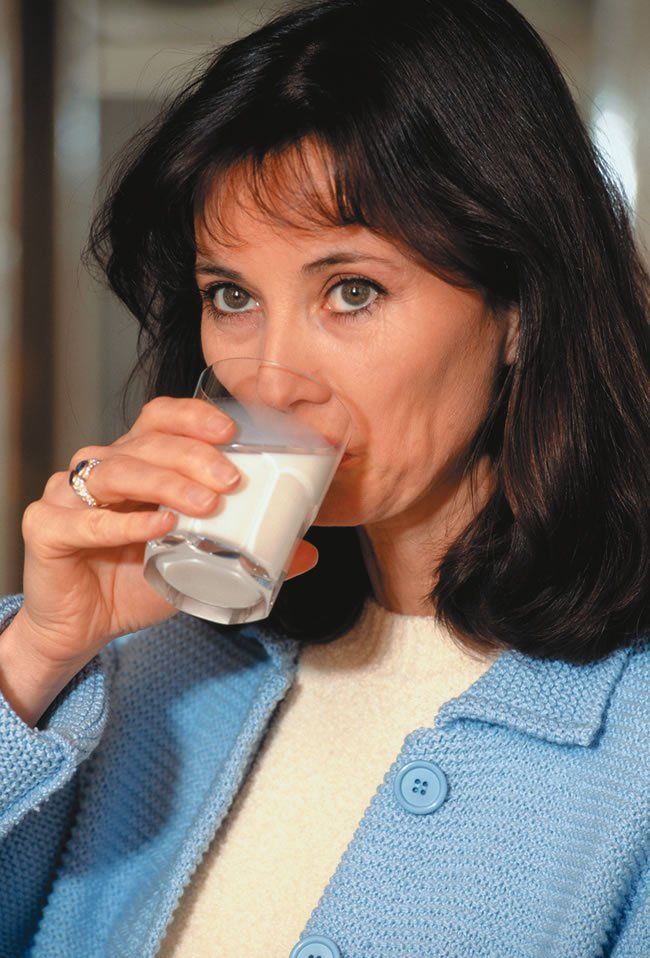Image © Thinkstock
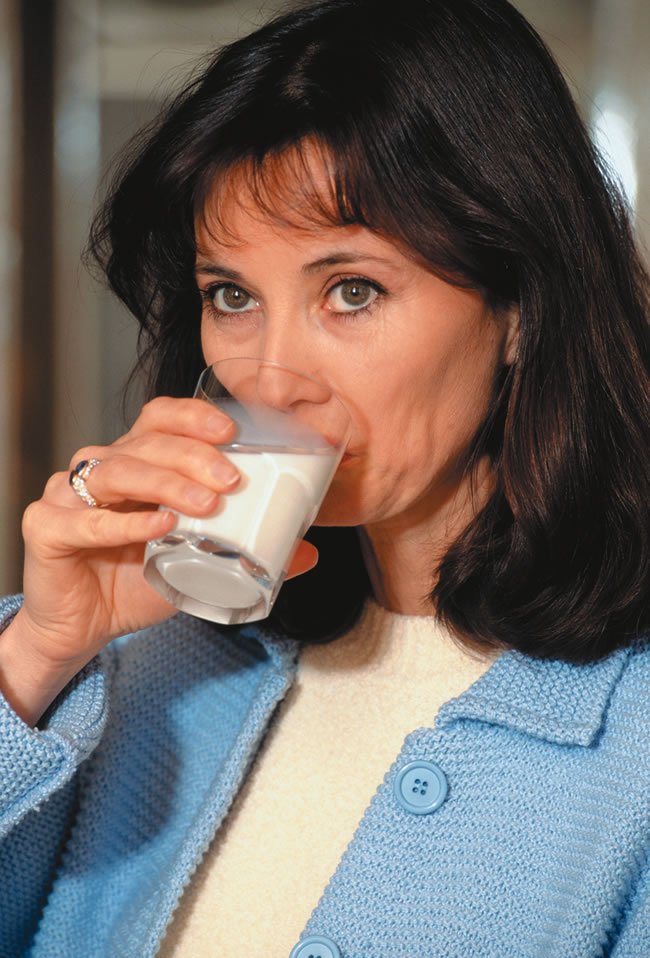
If you grew up thinking three glasses of milk a day are a must for healthy nutrition, you’re hardly alone. Even for Baby Boomers who secretly wished for a soda instead, at a healthy meal the glass was always filled with milk. Multi-million-dollar dairy marketing campaigns have reinforced the idea that milk “does a body good.” And the USDA’s My Plate <www.choosemyplate.gov> agrees, advising all adults to consume the equivalent of three cups of low-fat dairy every day.
But the science behind milk’s special status has recently been surprisingly soft (“Half-Full or Half-Empty” above). Now comes a new Swedish study grabbing headlines for finding that higher milk consumption is actually associated with increased mortality risk, especially in women. The study even challenges milk’s much-touted bone-building benefits, reporting that women who drank more milk were at greater risk of fractures.
Bess Dawson-Hughes, MD, director of Tufts’ HNRCA Bone Metabolism Laboratory, explains, “The analysis of the prospective cohorts indicates that in women, there is an association of milk intake with both fractures and mortality, with significant increases in risk at intakes as low as one to two glasses of milk per day, when compared with less than one glass per day. In men, there was no association of mild intake with fracture risk. The association of milk intake with mortality in men was generally weaker than in women, and was seen only at higher levels of milk intake—two to three glasses per day or more.”
OXIDATIVE STRESS?: In the new study, published in BMJ, researchers analyzed data from the Swedish Mammography Cohort, representing 61,433 women ages 39-74 who were followed for an average 22 years, and the Cohort of Swedish Men, 45,339 men ages 45-79 tracked for 13 years. Women who drank three or more eight-ounce glasses of milk a day were almost twice as likely to die during the follow-up period as those drinking less than one glass a day. The biggest milk drinkers were also 16% more likely to suffer any type of fracture and were at 60% higher risk of hip fractures.
Men who drank three or more glasses daily had a 10% higher mortality risk. There was no association with excess fracture risk among men.
Given milk’s proven nutritional power, what’s going on? The study also found an association between high milk consumption and oxidative stress and inflammation. That led them to speculate that D-galactose—a simple sugar that’s part of the lactose sugar found in milk—may be the culprit. Animal studies, they noted, have linked D-galactose to premature aging.
But D-galactose levels are much lower in fermented dairy products such as yogurt and cheese. Tufts’ Dr. Dawson-Hughes notes, “The D-galactose hypothesis was supported by the finding that higher intakes of fermented milk products like sour cream and yogurt were associated with a reduced risk of fracture and mortality.”
DON’T HAVE A COW: Even the Swedish researchers cautioned against making sweeping dietary changes based on their findings, however. “Our results may question the validity of recommendations to consume high amounts of milk to prevent fragility fractures,” they wrote. “The results should, however, be interpreted cautiously given the observational design of our study.”
Says Dr. Dawson-Hughes, “I don’t see any holes in the paper, but it describes associations only and can’t be used to infer causality. It’s hard to say what the take-home message is at this point. We need prospective studies but they are not likely to get funded in today’s climate.
“This paper doesn’t negate the need to meet the calcium requirement nor the concept that food sources of calcium are preferred over supplements,” she adds. “One option is to increase intake of low-fat yogurt, but mass changes seem to be premature, given that the literature on this topic is not consistent (as pointed out by the authors).”
This isnt the first study to fail to find the expected benefits of milk consumption. For example:
– A 2011 meta-analysis in The Journal of Bone and Mineral Research combined six studies totaling almost 200,000 middle-aged and older women. It found no association between milk consumption and lower incidence of hip fractures.
– A 2014 study published in JAMA Pediatrics that followed nearly 100,000 men and women for more than 20 years found no link between milk consumption as teenagers and hip fracture risk later in life.
Milk is a good source of dietary calcium, with 305 milligrams per cup of low-fat milk (about one-fourth of what older adults need). Fortified milk is also one of the relatively few foods high in vitamin D, with 117 IU per cupbut youd have to drink seven glasses to get the recommended 800 IU. A cup of milk also contains more than eight grams of protein. When you do drink milk, its important to choose low-fat or fat-free: 1% milk, for example, has only about two-thirds the 149 calories in a glass of whole milk and 1.5 grams of saturated fat instead of the 4.5 grams in whole milk.


